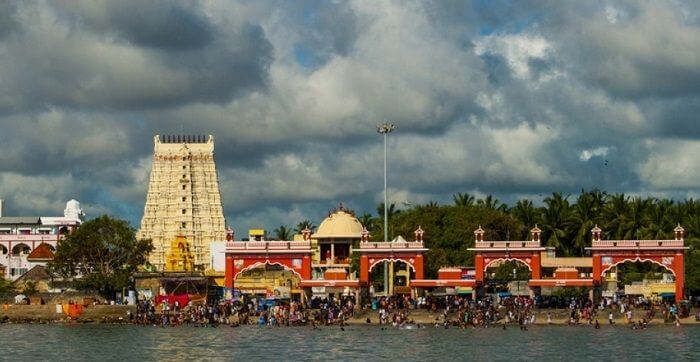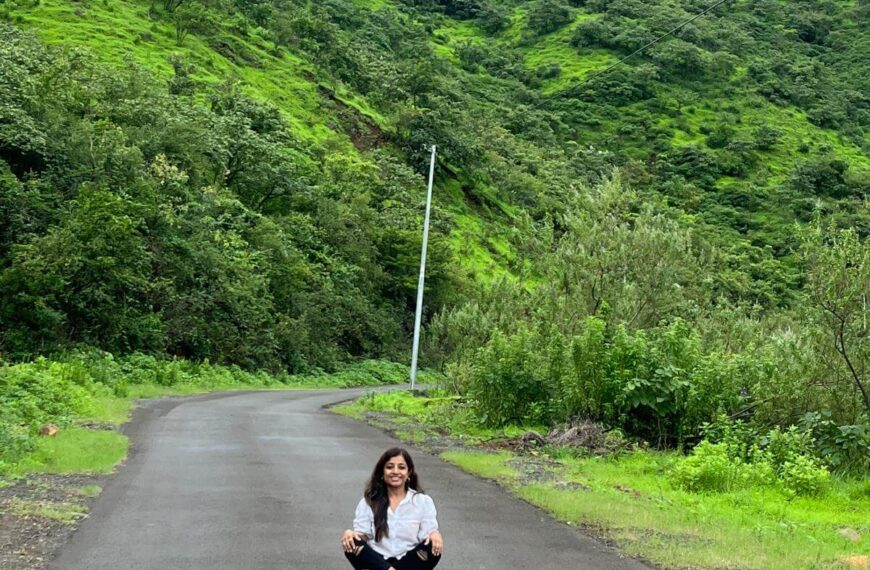Ruchira takes us on a tour of Rameshwaram, a Hindu pilgrimage, where Lord Rama had prayed to Lord Shiva. An exclusive for Different Truths.
 In retrospect, it was a good idea after all: the decision to visit the sacred pilgrimage destination: Rameshwaram. Though technically a part of the southern state of Tamil Nadu, Rameshwaram is in fact located on Pamban, a miniscule island in the Indian Ocean, off the Indian mainland. It is unique since it lies outside the well-traversed popular tourist circuits of the country. The devout or the adventurous visit the place on their own.
In retrospect, it was a good idea after all: the decision to visit the sacred pilgrimage destination: Rameshwaram. Though technically a part of the southern state of Tamil Nadu, Rameshwaram is in fact located on Pamban, a miniscule island in the Indian Ocean, off the Indian mainland. It is unique since it lies outside the well-traversed popular tourist circuits of the country. The devout or the adventurous visit the place on their own.
It was at this site that Lord Rama had assembled his vanar sena and evolved strategies before launching an onslaught on Lanka, where his beloved queen Sita was held captive.
There are innumerable references to Rameswaram in the sacred texts scriptures, legends and folklore connected with Hinduism. It was at this site that Lord Rama had assembled his vanar sena (monkey brigade) and evolved strategies before launching an onslaught on Lanka (Sri Lanka), where his beloved queen Sita was held captive. A bridge was built, via which Rama and his troops marched to Lanka; and the rest, as they say, is history (read fiction).
Rameshwaram is connected to the mainland by road as well as rail service, the nearest station being Mandapam.
As the train slowly chugged out of the station, we found ourselves in the midst of frothy green-blue ocean waters; land was nowhere in sight.
One warm December morning, we took a train from Kanyakumari (where we were holidaying) to Mandapam. Now, the more interesting part: we were told that a

narrow-gauge train would carry us over a bridge to Pamban. I was jittery and excited. A journey over the ocean away from the mainland! It was tantamount to a phoren trip (my real overseas trips came much later) for me at that point of time. As the train slowly chugged out of the station, we found ourselves in the midst of frothy green-blue ocean waters; land was nowhere in sight. Since the rail track-cum-bridge was exceedingly narrow one could see the waters just below the carriage windows almost within reach. It was an out-of-the world experience.
After the short train journey, we arrived in Rameshwaram. Legends say, it was at this hallowed spot that Lord Rama (an avatar of Vishnu) prayed to Lord Shiva (one of the trinities) for succour and victory in the impending battle against Ravana. Later, after the conquest of Lanka Rama sojourned here with his family and troops. In a bid to pay his debt of gratitude to Shiva, he organised an elaborate ceremony. Hanuman was asked to fetch a shivalingam from the Himalayas. However, as the auspicious time period drew to a close and Hanuman failed to return, Sita herself created a shivalingam, using the natural materials tossed ashore by the ocean waters.
A grand majestic temple now stands where the worship took place…. The shrine figures among the four jyotirlingas (Shiva temples) across India.
A grand majestic temple now stands where the worship took place. Famous as the Ramanathaswamytemple, it boasts of towering gopurams, huge ornate corridors – the largest in any Dravidian shrine – colourfully painted ceilings not forgetting the images and figurines of numerous deities on the walls are indeed delightful. The shrine figures among the four jyotirlingas (Shiva temples) across India.
There are several tanks located nearby where the pilgrims can take holy dips. Agniteertha is the most famous of them all. We also headed to the Sethubandha (aka Adam’s Bridge) where the ruins of the mythical bridge are partially visible through the swirling translucent waters. Bound to leave you with an uncanny feeling of the revival of a hoary past! There are few beaches with pristine beauty around the island; if you happen to have ample time on your hand, you could lounge there, enjoy the sun, surf and sands besides catching a picturesque view of the Indian Ocean from the other side…
Photos from the Internet






 By
By

